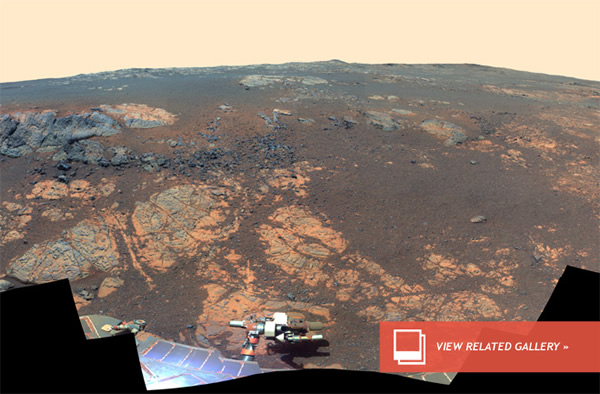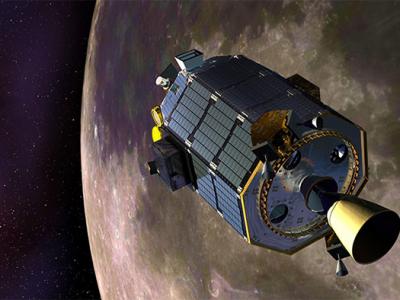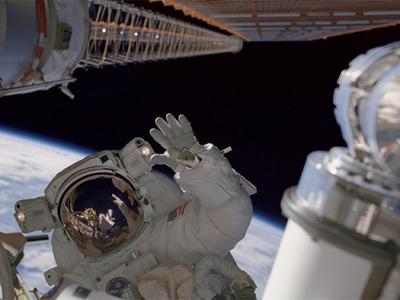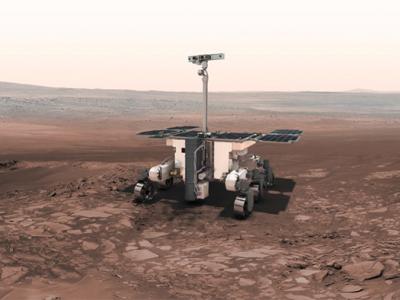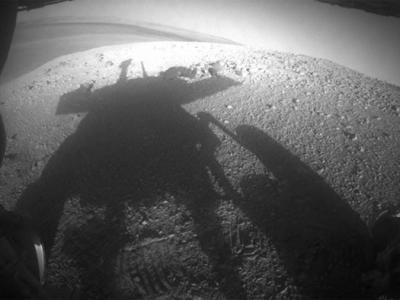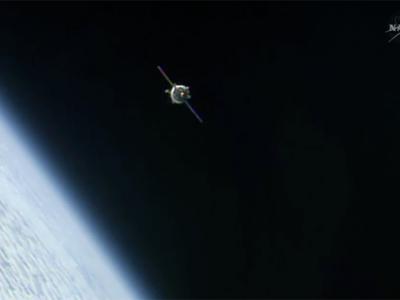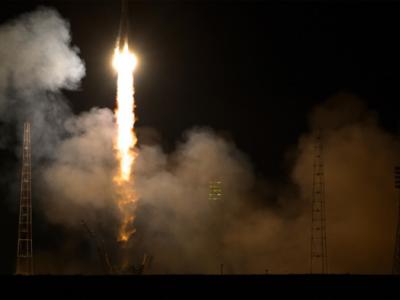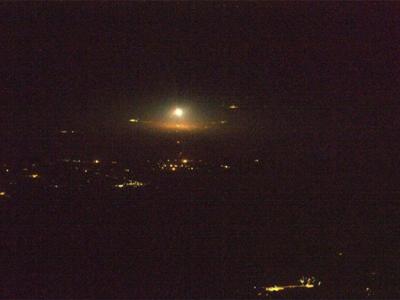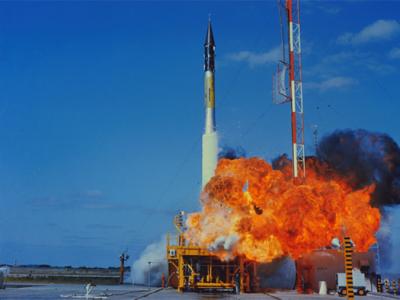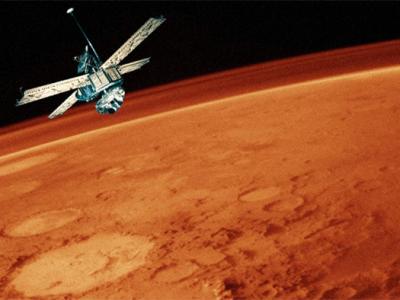Mars Rover Opportunity Switches Itself to Safe Mode
After three weeks of radio silence from NASA’s veteran Mars rover Opportunity, mission managers regained contact with the robot only to find it had dropped into a self-imposed “safe mode.”
The three-week lack of communications was expected and caused by the sun-Mars conjunction, where the red planet orbited nearly behind the sun from our viewpoint. To avoid the crippling solar interference with transmissions being sent to active robotic missions on the surface of and orbiting Mars, NASA and the European Space Agency (ESA) had to manage a period of patchy communications with rovers Opportunity and Curiosity, and orbiters Mars Reconnaissance Orbiter, Mars Odyssey and Mars Express (ESA). For some missions, like NASA’s new rover Curiosity, this meant a few weeks weeks of complete radio silence.
But in the case of Opportunity, when managers tried to hail the rover on April 27, they quickly realized that something had happened to the rover while it was out of regular communications reach.
“Our current suspicion is that Opportunity rebooted its flight software, possibly while the cameras on the mast were imaging the sun,” Mars Exploration Rover Project Manager John Callas of NASA’s Jet Propulsion Laboratory, Pasadena, Calif, said in a NASA news update. “We found the rover in a standby state called automode, in which it maintains power balance and communication schedules, but waits for instructions from the ground. We crafted our solar conjunction plan to be resilient to this kind of rover reset, if it were to occur.”
Mars Rover Opportunity Switches Itself to Safe Mode
Commands have been sent to Opportunity for it to recommence post-conjunction operations, but mission managers will continue work to try to understand why the rover was found in a safe mode state.
Opportunity, which landed on Mars in 2004 with sister rover Spirit, has roved over 22 miles across Meridiani Planum and is currently working around the rim of Endeavour Crater. Spirit was officially declared lost in 2010 after the rover became stuck in a sand trap at Gusev Crater. Both golf cart-sized rovers have uncovered evidence for water interactions on the Martian surface, providing a huge amount of data on the red planet’s wet past.
As for Mars Science Laboratory Curiosity, the mission, which landed on Aug. 5, 2012, inside Gale Crater, has already checked-in and appears to be operating as normal post-conjunction. Commands will be uploaded to the mission on May 1.
Opportunity has lived through 5 solar conjunction events — that occur once every 26 months. This was Curiosity’s first solar conjunction.(Apr 30, 2013 02:38 PM ET // by Ian O'Neill)
